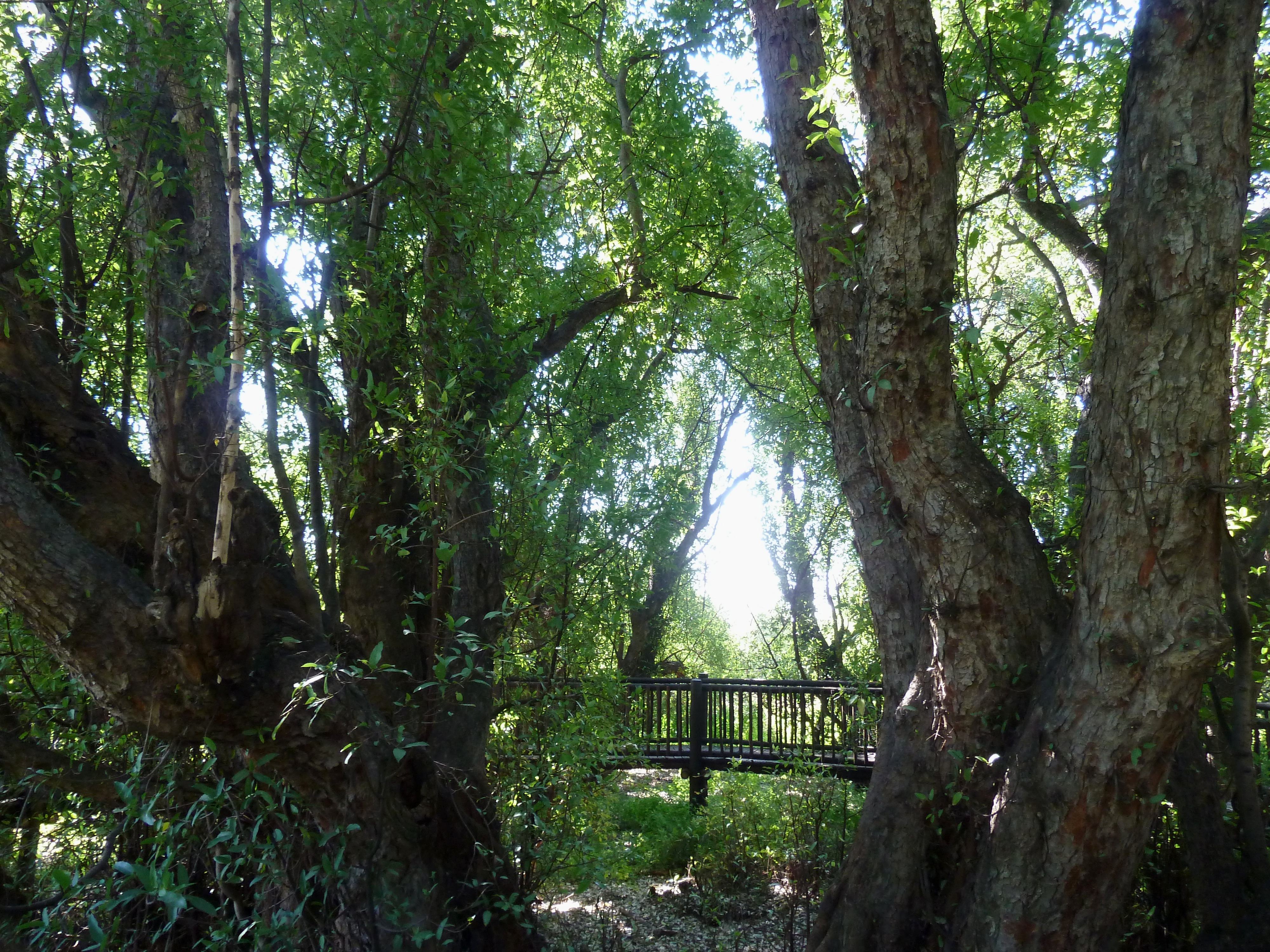Ficus salicifolia on:
[Wikipedia]
[Google]
[Amazon]
__NOTOC__
The Wonderboom (''Ficus salicifolia'') is an evergreen fig species that ranges from the
 It occurs in the Saharo-montane woodlands of the
It occurs in the Saharo-montane woodlands of the
File:Ficus salicifolia, blaarbearing, Universiteit van Pretoria.jpg, Diagnostic rounded leaf base, regular lateral venation and unbranched, curved basal pair
File:Ficus salicifolia00.jpg, The figs on short stalks
File:Wonderboom2.jpg, The Wonderboom grove near Pretoria
KwaZulu-Natal midlands
The KwaZulu-Natal midlands is an inland area of KwaZulu-Natal, South Africa that starts from Pietermaritzburg and ends before the Drakensberg mountain range.
Area
There are several small towns located in the midlands, including: Pietermaritzbu ...
northwards to tropical East Africa. It grows especially on outcrops, rocky hillsides and along cliffs fringing water courses and may rarely grow up to 10 m tall, and acquire a leafy spreading crown.
Description
The elliptic-oblong, leathery leaves of about 7 to 10 cm long, are carried on long petioles, and are often noticeably folded along the midrib. The leaf sides are almost parallel and clear net-veining is visible on the lamina. Leaves are brittle and have a characteristic smell when broken or bruised. The leaves are toxic and cause nervous disorders or even deaths in cattle. The small, smooth figs are carried on short stalks and measure about 4–6 mm in diameter. They are massed along the branchlets in the leaf axils, and change from white to yellowish-red and spotted as they ripen. The figs are eaten by birds and mammals.Similar species
It may be confused with the similar but deciduous '' Ficus ingens'' which grows in similar habitat. The latter has somewhat larger, white to purple figs, and deep red fresh foliage. The Wonderboom fig is sometimes deemed a race of '' Ficus cordata'', i.e. ''F. c.'' subsp. ''salicifolia'' (Vahl) C.C.Berg, though the latter species has yellowish sessile figs and a more westerly distribution.Distribution and habitat
 It occurs in the Saharo-montane woodlands of the
It occurs in the Saharo-montane woodlands of the Tassili n'Ajjer
Tassili n'Ajjer ( Berber: ''Tassili n Ajjer'', ar, طاسيلي ناجر; "Plateau of rivers") is a national park in the Sahara desert, located on a vast plateau in southeastern Algeria. Having one of the most important groupings of prehistoric ...
, the Hoggar, Aïr and Tibesti mountains
The Tibesti Mountains are a mountain range in the central Sahara, primarily located in the extreme north of Chad, with a small portion located in southern Libya. The highest peak in the range, Emi Koussi, lies to the south at a height of and i ...
, the Kerkour Nourene massif and at Elba mountain in the Red Sea Hills
Itbāy ( ar, اطبيه) or ʿAtbāy is a region of southeastern Egypt and northeastern Sudan. It is characterized by a chain of mountains, the Red Sea Hills, running north–south and parallel with the Red Sea. The hills separate the narrow c ...
. It is widespread in the eastern Afrotropics, from southern Arabia
The Arabian Peninsula, (; ar, شِبْهُ الْجَزِيرَةِ الْعَرَبِيَّة, , "Arabian Peninsula" or , , "Island of the Arabs") or Arabia, is a peninsula of Western Asia, situated northeast of Africa on the Arabian Plat ...
and Socotra
Socotra or Soqotra (; ar, سُقُطْرَىٰ ; so, Suqadara) is an island of the Republic of Yemen in the Indian Ocean, under the ''de facto'' control of the UAE-backed Southern Transitional Council, a secessionist participant in Yemen’ ...
to the KwaZulu-Natal midlands
The KwaZulu-Natal midlands is an inland area of KwaZulu-Natal, South Africa that starts from Pietermaritzburg and ends before the Drakensberg mountain range.
Area
There are several small towns located in the midlands, including: Pietermaritzbu ...
of South Africa.
The Wonderboom grove
The species is named after the Wonderboom grove inPretoria
Pretoria () is South Africa's administrative capital, serving as the seat of the executive branch of government, and as the host to all foreign embassies to South Africa.
Pretoria straddles the Apies River and extends eastward into the foot ...
, that has spread from a central bole that was carbon dated
Radiocarbon dating (also referred to as carbon dating or carbon-14 dating) is a method for determining the age of an object containing organic material by using the properties of radiocarbon, a radioactive isotope of carbon.
The method was dev ...
to about 1,000 years old. The Wonderboom is an extraordinary specimen for its size and structure, and its drooping branches are continuing to root and form new trees. Their branches reach about 23 metres into the sky, and one of the boles has a girth of 5½ metres.
Ecology
The pollinator wasp is '' Platyscapa awekei'' Wiebes., while non-pollinating wasps include '' Otitesella serrata'' Mayr and '' O. pseudoserrata'' van Noort.Gallery
References
{{Taxonbar, from=Q3071408 Trees of Africa Flora of Southern Africa Taxa named by Martin Vahl salicifolia